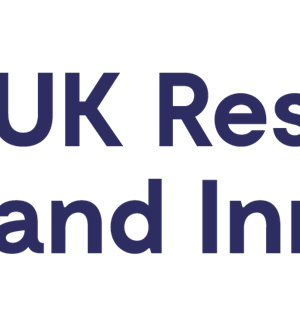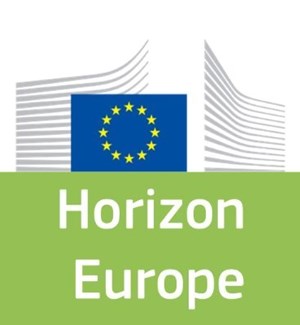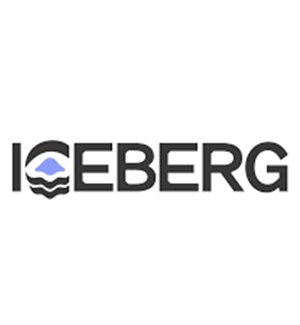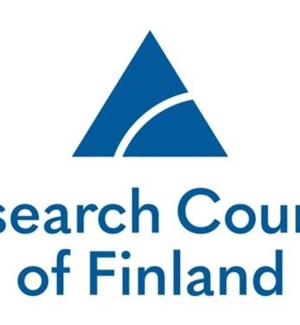- Tallinn University of Technology (TalTech) - Estonia,
- University of Bordeaux - France,
- Universidad de Vigo - Spain,
- National Institute of Aquatic Resources (DTU AQUA) - Denmark,
- University of Algarve, Centre of Marine and Environmental Research (CIMA-UALG) - Portugal,
- University College Cork - Ireland,
- Institut Français de Recherche pour l'Exploitation de la Mer (IFREMER) - France,
- Interdisciplinary Centre of Marine and Environmental Research (CIIMAR) - Portugal,
- National Research Council, Istituto per lo studio degli impatti Antropici e Sostenibilità in ambiente marino (IAS-CNR) - Italy,
- University of Oslo - Norway,
- Örebro University - Sweden,
- Ruprecht-Karls-Universität Heidelberg - Germany,
- University of Antwerp - Belgium
The RESPONSE project integrates expertise on oceanography, environmental chemistry, ecotoxicology, experimental ecology and modelling to answer key research questions on fate and impact of microplastics (MPs) and nanoplastics (NPs). The more general objective of the project is to provide ecologically relevant strategies for assessing the distribution pathway and biological effects of plastic particles in marine ecosystems. Multidisciplinary studies which combine chemical and biological measurements, represent an added value to monitoring and management protocols, as also recommended by recent European Directives. However, the combination of multiple typologies of investigations is often hampered by the lack of common metrics and standardized procedures for the interpretation and the integration of complex datasets of heterogeneous results, which typically require various expert judgements. The RESPONSE project integrates expertise on oceanography, environmental chemistry, ecotoxicology, experimental ecology and modelling to answer key research questions on fate and impact of microplastics (MPs) and nanoplastics (NPs). The more general objective of the project is to provide ecologically relevant strategies for assessing the distribution pathway and biological effects of plastic particles in marine ecosystems. RESPONSE will cover a wide geographical area, including the Mediterranean, Atlantic Ocean, North Sea and Baltic Sea. Vertical distribution of plastic particles along water column down to sediments will be investigated focusing on sizes and shapes of biological relevance, to better highlight causal relationships between environmental presence of plastic particles, frequency of ingestion in key ecological species, trophic transfer, impact on pelagic food webs, benthic communities, relevant ecosystem functions and services. Field data will be the basis to extrapolate weights and ecological thresholds for specific characteristics and typologies of microplastics in the environment. These values will be further validated by innovative mesocosm and laboratory studies aimed to characterize rates ofingestion,tissuetranslocationandexcretionpathways, subtle and chronic effects of microplastics induced from molecular to organism levels, their interactions with other stressors, and ecotoxicological hazard of still unexplored particles such as nanoplastics and biodegradable polymers. Mesocosm and field manipulative experiments will provide novel insights on the role of microbial community, zooplankton and zoobenthos in the environmental fate of microplastics and nanoplastics, testing the “biological plastic pump” hypothesis and its relationship with trophic transfer and effects on benthic recruitment. A tangible impact of the project will be the development a quantitative Weight Of Evidence (WOE) model specifically designed to elaborate huge amounts of different typologies of results, summarizing specific hazard indices and an integrated assessment of microplastics impact in the marine environment. The WOE model converted into an informatic, software-assisted tool, will represent a useful contribution to the implementation of methods and monitoring strategies. As a technological objective, RESPONSE will set up a diffused analytical Smart Hub, which will combine a comprehensive suite of complementary and advanced instrumental facilities available in different laboratories of some partners and of an external world-leading company. The Smart Hub will share innovative technologies and application expertise for analytical needs of all the partners, also contributing to methodological improvement and training. Particular attention will be given to validate analytical approaches for particles in the size classes of 2 - 20 μm and nanoplastics for which no validated techniques are still available. Raising public awareness through research initiatives and science communication events will guarantee dissemination of achieved results, and sound advisory support to political and territorial agencies at both national and European levels. This project is part of the 2nd call of JPI Oceans Joint Action 'Ecological Aspects of Microplastics'.
Want to analyze based on this project via our analysis tool? Analyze this project
Knowledge Gaps
Characteristics of plastic-general
Bioaccumulation, bioconcentration and persistence
Environmental fate and behavior of plastic
Consumer exposure
Environmental exposure
Publications




